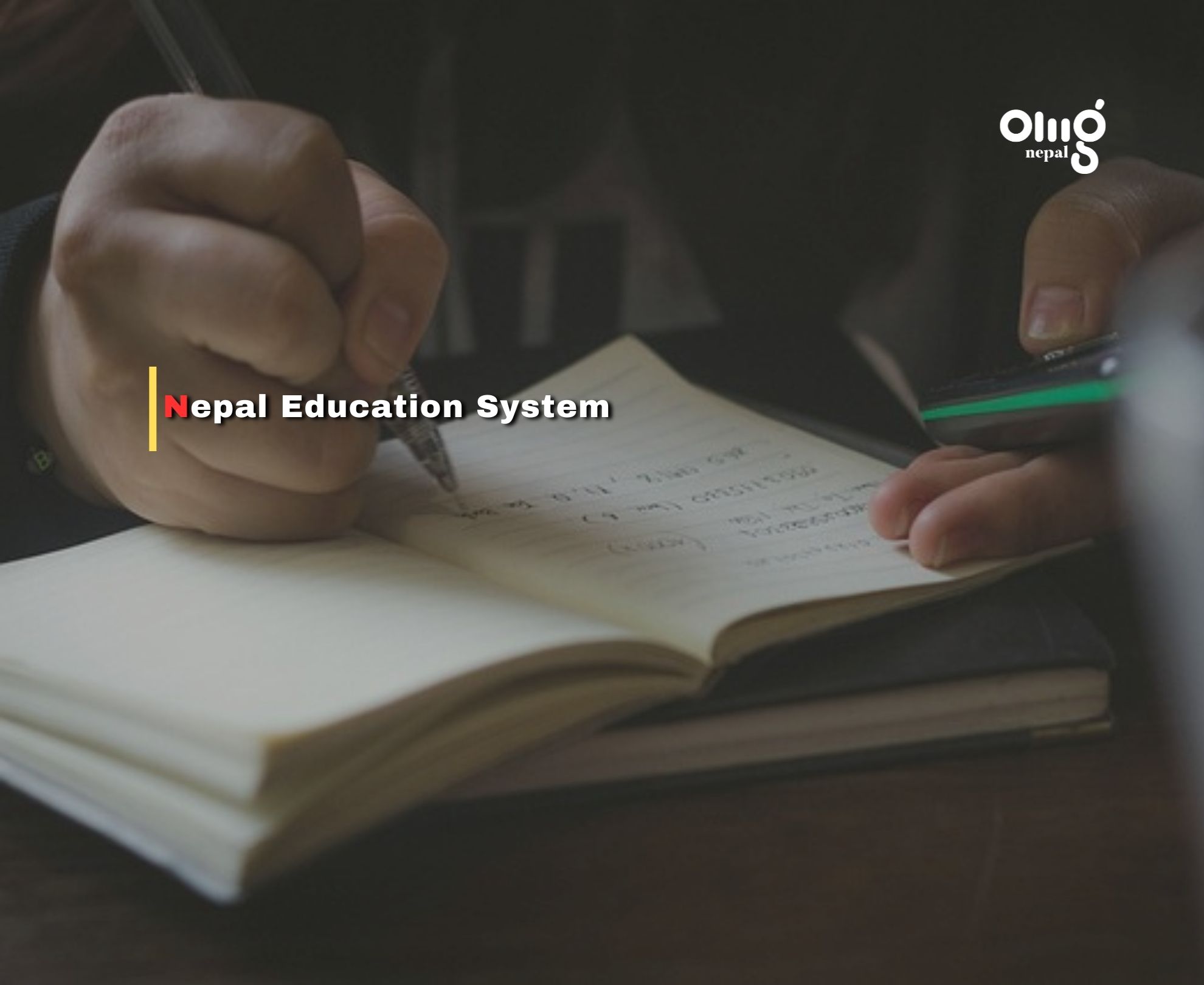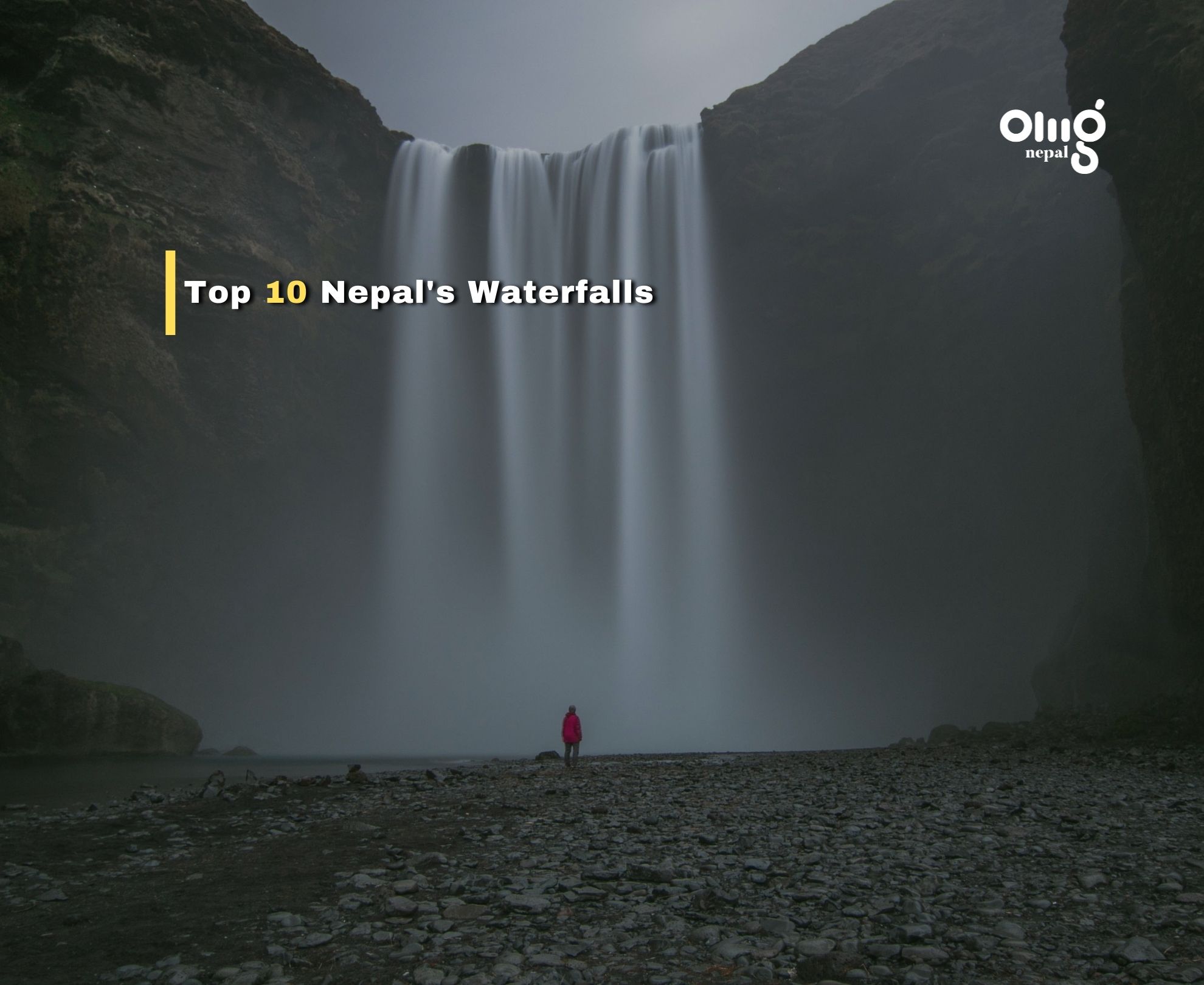Nepal education system navigates a dynamic terrain, balancing tradition with modern aspirations. Recent years have witnessed significant changes, presenting both opportunities and challenges for learners across the country.
Structure and Reform:
Nepal’s education system offers a minimum of 12 years of foundational education, spanning pre-primary to secondary levels. The landmark School Leaving Certificate (SLC) exam remains a crucial gateway to higher education. However, recent reforms have introduced vocational and technical streams, diversifying pathways for student success. The curriculum itself is undergoing revisions, aiming to foster critical thinking, practical skills, and local relevance.

Winds of Progress:
The Nepalese government has made strides towards educational inclusivity. The Constitution guarantees free and compulsory basic education, and initiatives like community schools are expanding access in remote areas. Technology is also playing an increasingly central role, with digital platforms bridging geographical divides and offering innovative learning opportunities.
Persistent Obstacles:
Despite these commendable advancements, obstacles remain. Rural areas grapple with inadequate infrastructure, teacher shortages, and limited resources. Gender disparities persist, with girls facing higher dropout rates. Additionally, while the growth of private schools offers more options, it can exacerbate affordability issues.

The Road Ahead:
As Nepal education system navigates its evolving landscape, ensuring equitable access to quality education for all students remains paramount. Addressing structural inequalities, continuously improving learning environments, and harnessing the potential of technology will be crucial in scaling the remaining peaks.
Challenges Faced by the Nepal Education System:
1. Access and Enrollment:
- Discuss challenges related to access to education, especially in rural areas.
- Highlight disparities in enrollment rates among different demographics.
2. Quality of Education:
- Explore issues related to the quality of education.
- Discuss efforts to improve teacher training and curriculum development.
- Some schools, especially in the countryside, don’t have enough teachers or materials. This can make it harder to learn.
3. Infrastructure and Resources:
- Address challenges related to inadequate infrastructure and resources.
- Discuss the impact on the learning environment and student outcomes.
4. Gender Disparities:
- Explore gender-related challenges in education.
- Discuss efforts to promote gender equality and empower female students.
- Some kids, especially girls or those from poor families, still have trouble getting to school.
5. Technological Integration:
- Evaluate the integration of technology in education.
- Discuss challenges and opportunities in adopting digital learning methods.
6. Language of Instruction:
- Discuss the role of language in education.
- Explore challenges related to language barriers and their impact on learning outcomes.
Ongoing Efforts and Solutions:
1. Government Initiatives:
- Highlight specific government programs aimed at addressing educational challenges.
- Discuss their impact and potential for improvement.
2. Community Involvement:
- Explore the role of communities and NGOs in supporting education.
- Highlight successful community-driven initiatives.
Learn more about how organizations like UNICEF are working to address these inequities: https://www.unicef.org/nepal/education
Check out this cool video about a community school in Nepal: https://www.thedigitalbiography.com/top-seven-community-schools-in-nepal/
Nepal education system is at a crucial juncture, with significant progress alongside persistent challenges. By investing in teacher training, embracing technology, and fostering local ownership, Nepal can move closer to ensuring equitable access to quality education for all its citizens.


